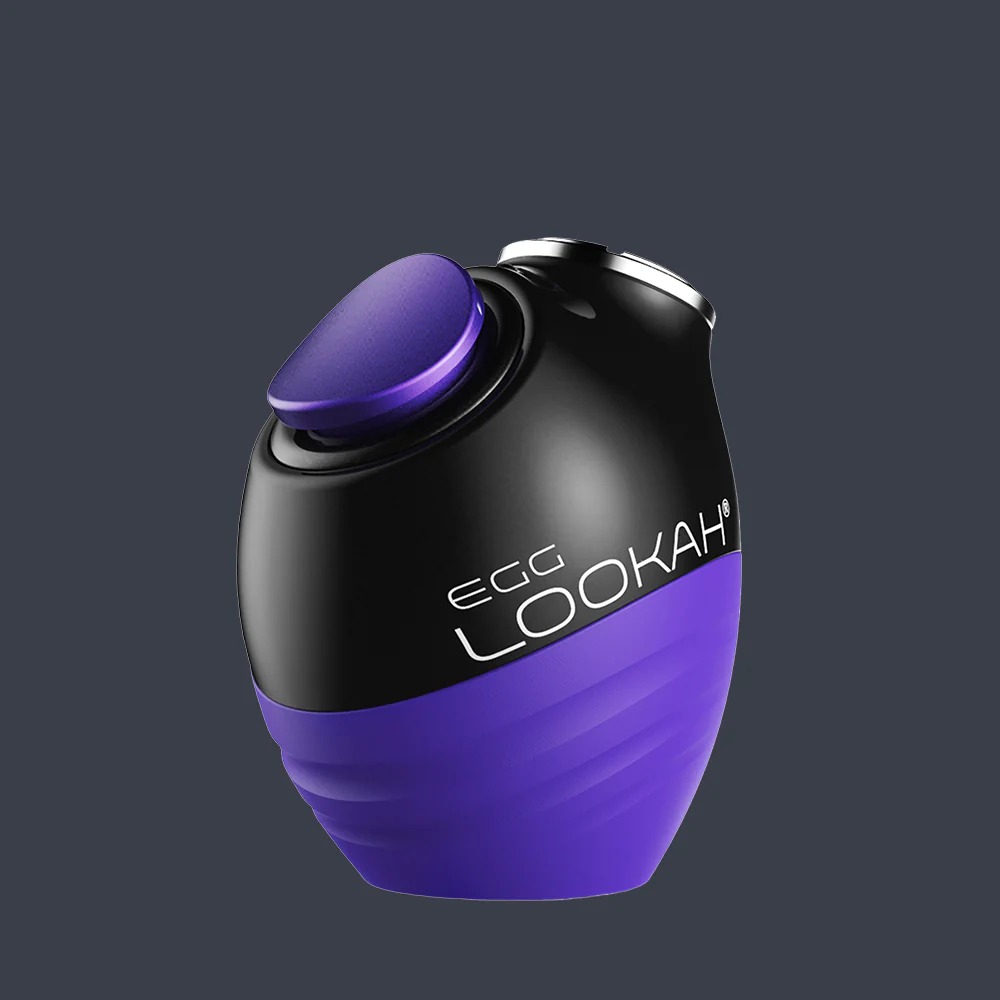Origins of the Bong: A Historical Perspective
The bong has a rich history that dates back thousands of years, with early versions found in regions like Africa, Asia, and the Middle East. Traditional bongs were often made from natural materials such as bamboo, wood, or clay. These early devices were simple in design but effective at cooling and filtering smoke through water. Used primarily for smoking herbs and tobacco, these classic bongs laid the foundation for the modern smoking apparatus we know today.
Transition to Glass and Technological Advances
The shift from natural materials to glass marked a major turning point in bong evolution. Glass offered several advantages: it is non-porous, easy to clean, and doesn’t affect the flavor of the smoke. By the mid-20th century, glass bongs became widely popular, allowing for clearer smoke paths and more intricate designs. The invention of borosilicate glass, which is heat resistant and durable, further revolutionized bong manufacturing by enabling thinner, lighter, and stronger pieces.
Introduction of Percolators and Diffusers
Modern bongs often include percolators—small filtration chambers that break smoke into smaller bubbles to increase contact with water. This innovation enhances filtration and cooling, providing smoother hits. Various percolator styles, such as tree, honeycomb, and showerhead percs, have been developed to optimize diffusion. Additionally, features like ice catchers and splash guards have improved the overall smoking experience by cooling smoke further and preventing water from reaching the mouth.
Material Innovations Beyond Glass
While glass remains the standard, new materials have emerged in recent years. Silicone bongs offer flexibility, durability, and portability, ideal for users who want a shatterproof option. Acrylic bongs provide colorful, affordable alternatives, and ceramic models bring an artistic touch with unique shapes and finishes. These materials have expanded the choices available, catering to different lifestyles and preferences.
Artistic Expression and Custom Designs
The bong has also evolved into a canvas for artistic expression. Today’s market features custom-made and artist-designed bongs that blend functionality with creativity. Intricate glassblowing techniques create stunning shapes, colors, and textures, turning bongs into collectible art pieces. This fusion of utility and artistry reflects the changing perception of bongs—from mere smoking tools to cultural and aesthetic objects.
Digital and Technological Integration
The latest innovations include smart bongs equipped with technology to control temperature, monitor usage, or even connect to apps for a personalized experience. While still emerging, these advancements suggest a future where bongs integrate digital features to enhance control and enjoyment.
Conclusion
From humble natural materials to high-tech designs, the evolution of bongs reflects centuries of innovation and cultural shifts. Modern bongs combine improved filtration, cooling technology, artistic flair, and new materials to offer users a sophisticated smoking experience. Understanding this progression helps appreciate how far bong design has come—and hints at exciting possibilities ahead.









